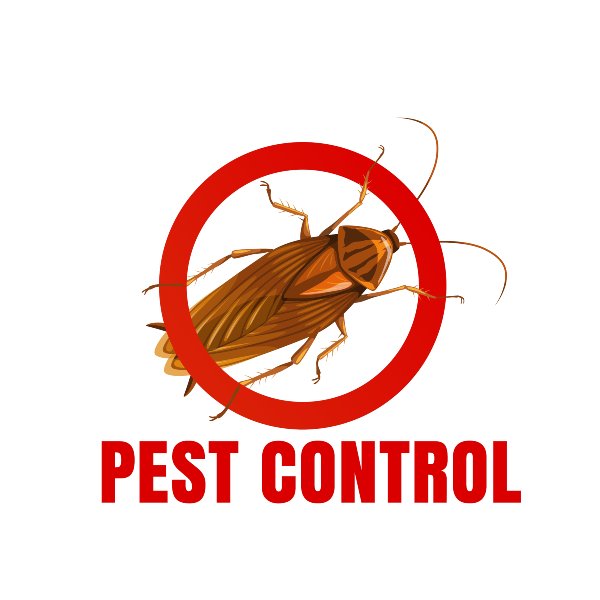A1 Bed Bug Exterminator Charlotte - Specialized Bed Bug Removal
A1 Bed Bug Exterminator Charlotte - Specialized Bed Bug Removal
Blog Article
Bed Bug Therapy Break Down: Comparing Chemical Vs. Non-Chemical Solutions
In the world of parasite control, especially when managing the persistent problem of bed insects, the choice between chemical and non-chemical treatment remedies can be an essential one. Both methods provide distinct advantages and drawbacks, affecting variables such as effectiveness, safety and security considerations, and general price. By examining the nuanced details of each approach, a more clear understanding of which course to seek in dealing with a bed insect invasion can be achieved.
Effectiveness of Chemical Therapies
Chemical therapies for bed pest problems have been extensively identified for their powerful and fast effectiveness in eradicating these insects. When considering the performance of chemical therapies, it is crucial to recognize that they can supply a quick and thorough service to a bed insect problem.
Additionally, chemical treatments have the advantage of supplying recurring results, indicating that they can remain to get rid of bed insects also after the initial application. This residual action is particularly helpful in combating any type of possible re-infestations. In addition, the fast action of chemical therapies can bring relief to people encountering extreme bed insect problems, permitting them to gain back control of their home swiftly.
Safety And Security Worry About Chemical Solutions
One vital aspect that calls for cautious consideration when utilizing chemical remedies for bed bug therapy is making sure the security of passengers and the setting. Exposure to particular chemicals used in bed insect therapies can lead to breathing concerns, skin irritation, or various other negative reactions, particularly in people with pre-existing conditions or sensitivities.
Furthermore, the ecological impact of chemical services is one more substantial consideration. Some pesticides made use of in bed bug therapies may be harmful to valuable bugs, wild animals, and communities if they seep right into the dirt or water supply. It is necessary to use chemical treatments deliberately, complying with security guidelines, and thinking about much less poisonous options to minimize these threats and ensure the risk-free and reliable management of bed bug invasions.
Advantages of Non-Chemical Strategies
Considering the possible security concerns and ecological effect linked with chemical remedies for bed pest treatment, exploring non-chemical methods presents a promising alternative with numerous distinct benefits. Non-chemical methods provide a more secure option for homes, especially those with youngsters, people, or animals sensitive to harsh chemicals. These approaches remove the dangers of exposure to harmful materials, lowering the capacity for unfavorable wellness effects. Moreover, non-chemical treatments are eco-friendly, as they do not contribute to air or water pollution, making them a sustainable option for insect control.
Additionally, non-chemical options can be efficient in targeting bed pests, including hard-to-reach locations where chemical treatments may not pass through. Approaches such as heat treatment, vacuuming, vapor cleaning, and cushion coverings provide detailed obliteration without using unsafe chemicals. Furthermore, non-chemical approaches can be less turbulent, requiring marginal preparation and enabling quicker reentry right into treated locations. In general, choosing non-chemical bed bug therapy approaches not only focuses on safety and security and environmental defense yet likewise makes certain efficient and thorough parasite control.
Limitations of Non-Chemical Treatments

In addition, household pest control chemicals non-chemical therapies typically require numerous applications to attain successful removal. This can be taxing and may not always assure full elimination of all bed bugs and their eggs, especially in covert or hard-to-reach areas.
Furthermore, the success of non-chemical therapies greatly counts on proper application and thoroughness, which can be testing for people without professional proficiency. Insufficient application of non-chemical techniques might result in insufficient obliteration, leading to persistent invasions and the demand for added therapies.
Consequently, while non-chemical therapies have their advantages, it is vital to acknowledge these restrictions and consider them when figuring out the most effective approach for taking care of bed pest infestations.
Expense Comparison: Chemical Vs. Non-Chemical Options
Provided the constraints connected with non-chemical therapies, a vital element to assess in the context of bed bug administration is the expense contrast in between chemical and non-chemical options. Chemical therapies typically include the application of insecticides by professionals, which can vary from $250 to $900 per space, depending on the severity of the problem and the size of the location to be treated. In comparison, non-chemical treatments like heat therapy or heavy steam can be more pricey, with expenses ranging from $1,000 to $6,000 for a whole home. While the preliminary price of chemical treatments may seem reduced, multiple therapies may be needed to totally get rid house exterminator of the infestation, possibly enhancing the total price. On the various other hand, non-chemical options might offer an extra sustainable and environment-friendly solution, although they can be cost-prohibitive for some people. Eventually, when taking into consideration the expense of bed bug treatment choices, it is very important to consider the upfront costs versus the efficiency and long-lasting sustainability of the chosen technique.
Conclusion

Taking into consideration the possible safety and security issues and ecological effect connected with chemical solutions for bed insect treatment, discovering non-chemical techniques provides an encouraging option with a number of unique benefits.Provided the constraints linked with non-chemical therapies, an essential aspect to review in the context of moved here bed pest management is the cost comparison in between chemical and non-chemical choices. In comparison, non-chemical therapies like heat treatment or vapor can be a lot more pricey, with costs ranging from $1,000 to $6,000 for a whole home. While the initial price of chemical treatments may appear lower, numerous treatments may be required to completely eradicate the problem, possibly boosting the total price.In final thought, when comparing chemical and non-chemical bed bug therapy options, it is essential to consider performance, safety and security, benefits, restrictions, and price.
Report this page